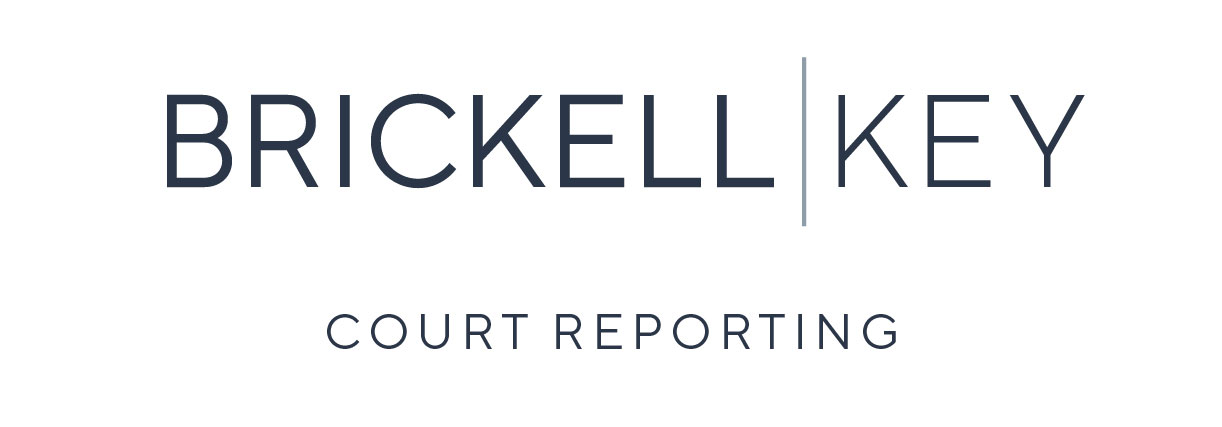No advanced sharing of potential exhibits can occur:
There are likely going to be depositions where you will want documents to remain unseen until the moment you introduce. Please consider sharing with the court reporter in advance and request that they remain confidential. If you decide to keep documents private until a specific point in the deposition, you can present the document to all parties using Zoom’s Screen Share function or send the file directly through Zoom’s chat feature.
Sharing exhibits in advance with the court reporter:
Whether the court reporter is appearing remote or not, we always appreciate having the documents emailed to us in advance. This enables the court reporter to better follow along, prepare dictionary in advance, place exhibit stickers, and more quickly edit and produce final transcripts.
PREPARING & STRATEGIZING
Witness appearing remote, by themselves, with documents to produce:
Premark exhibits manually and scan or premark electronically using various electronic exhibit-marking tools available to the public for purchase.
Document titles:
If you already know the sequence of documents that are going to be marked as exhibits, consider including the exhibit number (e.g. “Exhibit 001”) in the name of the file. We utilize a three-digit naming convention to uniformly handle exhibits across all cases where exhibits number into the hundreds.
PDF format:
We recommend preparing all documents to be shared in PDF format before sending to or sharing with other parties and the court reporter.
Designated document computer:
We do not limit the number of connections into the Zoom meeting from your firm. Consider joining a device that is specifically loaded with all potential documents. Use this secondary device when ready to share a document, maintaining a full view of the witness from your primary device.
Remote Technician:
We can assign a videographer to record the video feed of the witness and/or
manage presentation of exhibit documents for you and add an extra level of
comfort in dealing with all technical issues. There is a fee for this service.
CUSTODY
Original exhibits are to remain in the custody and control of the court reporter unless there is a stipulation otherwise by counsel because the original exhibits (or what was marked at the deposition) must be attached to the original transcript. If an exhibit is to be retained by counsel or the witness providing it, a stipulation should be placed on the record and reflected in the Index of Exhibits. If counsel requests the court reporter retain custody of an unusual or bulky item, the court reporter should ask for a stipulation from all parties that there must be notification to all parties if any party is requesting to view the exhibit in the reporter’s presence, who to return the item to once the case has concluded and how to return the item.
CONFIDENTIAL EXHIBITS
Parties need to stipulate at each deposition whether an exhibit is confidential and/or provide to the reporter a copy of any confidentiality agreement between parties with explicit instructions on how to handle a confidential exhibit.


